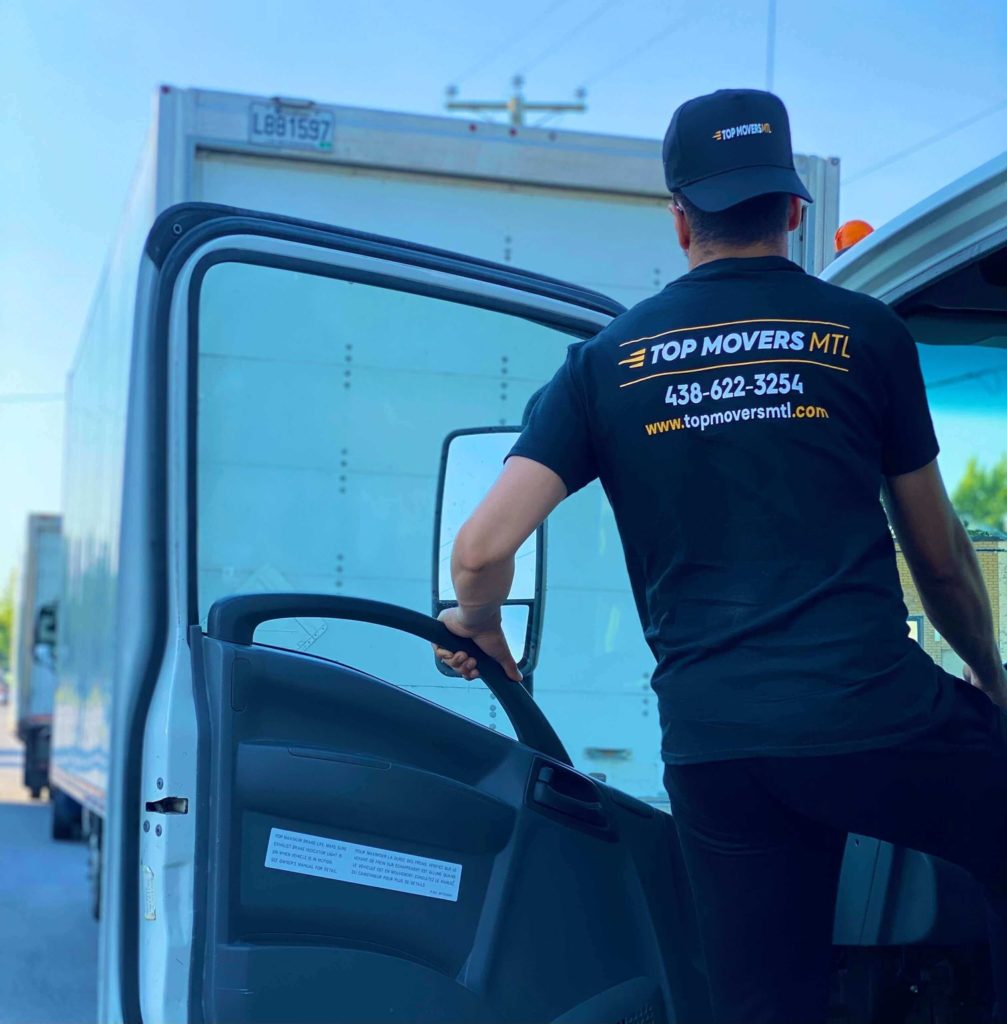Whether you’re moving for a lifestyle change, understanding the process can save you time, money, and headaches.
Whether you’re moving a small apartment or relocating an entire home, this guide will help you navigate the process confidently.
By the end, you’ll know the key steps and insider tips to make your interstate move successful and stress-free.
Why Moving Across States Requires Special Planning
When you cross state lines, your move falls under federal regulations, typically overseen by the FMCSA (Federal Motor copyright Safety Administration).
You also need to account for different transport rules in each state.
Understanding the scope of an interstate move prepares you to budget more accurately, manage your time better, and set realistic expectations for delivery and setup.
Finding the Perfect Cross-State Moving Partner
Look beyond flashy websites and ask for proof of compliance and customer reviews.
Ask about additional fees such as fuel surcharges, long carry charges, or storage if needed.
Taking time to vet your moving company can save you stress, money, and avoidable delays.
Understanding Interstate Moving Price Calculations
Timing matters too: moving during peak seasons like summer or holidays can drive prices up by 20–30%.
For long-distance moves, some companies offer flat rates, while others charge per pound or cubic foot. Make sure you understand the pricing model before signing.
For example, if your home requires movers to carry boxes up multiple flights of stairs, or if truck access is limited by narrow roads or urban restrictions, extra fees may apply.

How to Plan and Organize Your Interstate Move
Proper planning is the foundation of a successful interstate move. Start by creating a timeline—ideally 8–12 weeks before your move date.
Create a detailed list of what you’re moving, noting valuable or fragile items.
This ensures you’re comfortable and organized even if your shipment is delayed or you need time to unpack.
How to Choose the Best Type of Interstate Service
Partial-service movers let you pack your own boxes while they handle transportation and heavy lifting, reducing costs.
This can be more affordable but requires more personal effort.
Understanding your specific needs ensures you select the best option for a smooth and cost-effective interstate relocation.

How to Prevent Problems During an Interstate Move
One carreto mudança sorocaba of Mudanças Jundiaí the biggest mistakes in interstate moving is underestimating time and effort.
Hiring unlicensed companies or falling for low-ball quotes can lead to scams, damaged goods, or lost belongings.
Using cheap boxes, skipping labels, or failing to protect fragile items increases the risk of breakage.
Budget-Friendly Strategies for Interstate Relocation
Hold a garage sale or list items online to offset some moving expenses.
Some movers offer price matching, discounts for flexible dates, or savings for booking during off-peak seasons.
Lastly, consider doing part of the work yourself.
Conclusion: Making Your Interstate Move a Success
In summary, a successful interstate move depends on careful planning, smart budgeting, and choosing the right service providers.
By following expert tips and avoiding common mistakes, you can reduce stress and ensure your belongings arrive safely.
Best of luck on your journey to a new home!
Your Interstate Moving Questions Answered
How can I save money on an interstate move?
You can also pack and load yourself to cut labor costs while hiring movers only for transport.
How early should I book an interstate moving company?
It’s best to book movers at least 6–8 weeks in advance, especially during busy seasons.
What should I leave out of my moving boxes?
Properly disposing or transporting restricted items yourself avoids legal and safety issues.
Do I need extra coverage for my interstate move?
Most interstate movers include basic valuation coverage by law, but it’s minimal.
Can I track my belongings during an interstate move?
Staying informed reduces anxiety and helps you plan for delivery day.